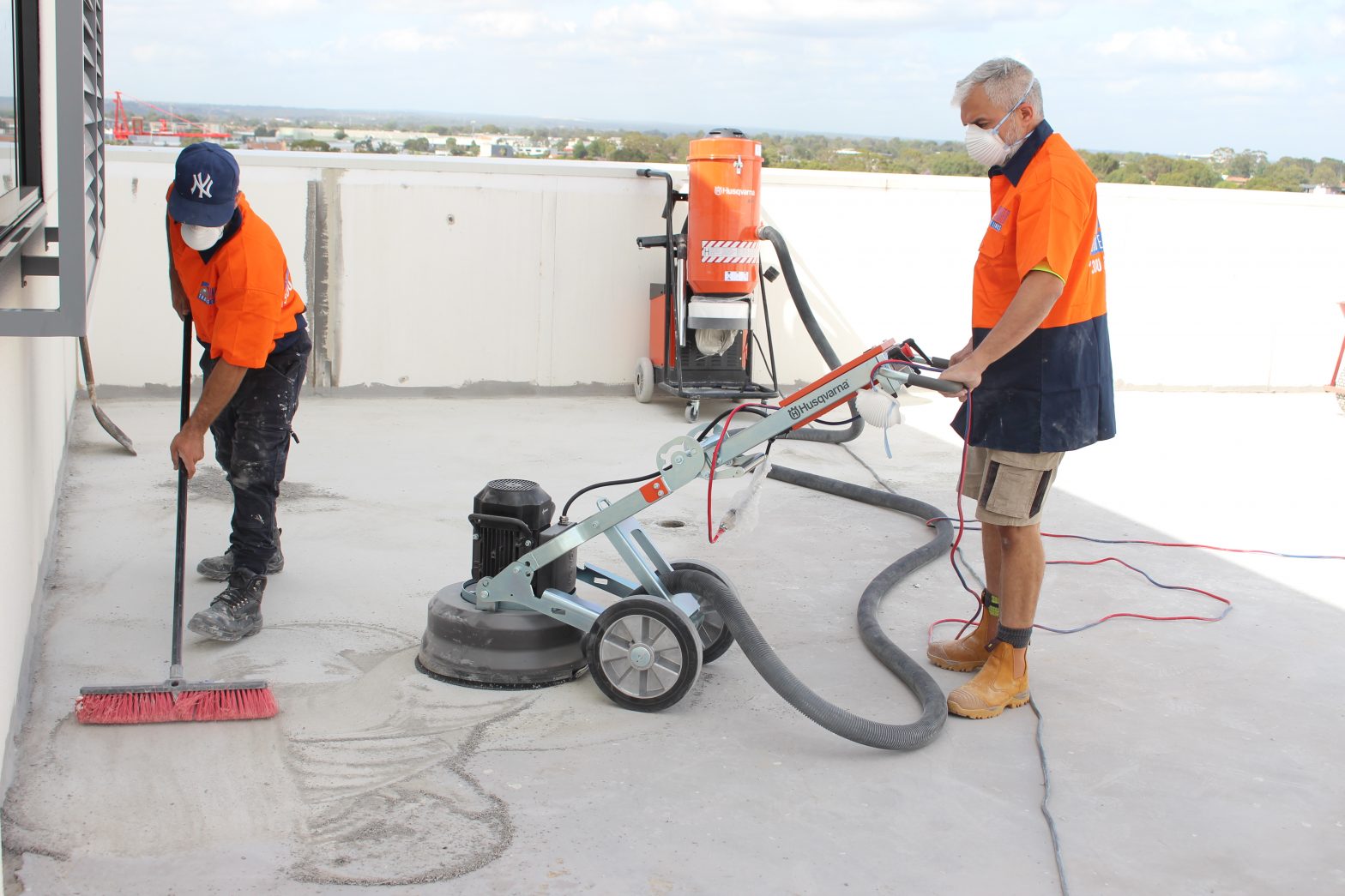Construction tasks need more than just laying brick and mortar; careful attention to detail is necessary to guarantee durability and structural integrity. One crucial aspect often overlooked is concrete joint sealing, a practice that plays a pivotal role in enhancing the durability and performance of concrete structures.
In this article, we’ll examine the importance of concrete joint sealing and the reasons it should be given top attention throughout building projects.
Understanding Concrete Joints
Let’s first discuss concrete joints and then the importance of joint sealing. Think of them as the spaces intentionally left between concrete slabs or elements. These gaps accommodate the natural expansion and contraction of the concrete due to temperature changes. This helps prevent unsightly cracks and structural damage.
The Vulnerability of Unsealed Joints
When concrete joints are left unsealed, they become vulnerable to harsh environmental effects. Water, chemicals, rocks, and debris can infiltrate these openings. This infiltration can lead to many problems. Freeze-thaw cycles in colder climates can cause the trapped water to expand. This results in cracks that compromise the structural integrity of the construction.
Protecting Against the Elements
This joint sealing acts as a shield against the elements. Sealing these gaps with a specialized material creates a barrier. It prevents water and other contaminants from penetrating the concrete. This will safeguard the structure from immediate damage. It also extends its lifespan by preventing deterioration over time.
The Benefits of Concrete Joint Sealing
1. Preventing Water Damage
Water is a silent destroyer of concrete. You create a waterproof barrier that keeps water out by sealing joints. This is especially crucial in areas prone to heavy rainfall or where structures are exposed to constant moisture.
2. Enhancing Durability
The weakest link in a structure determines how strong it is. Sealed joints play a crucial role in minimizing vulnerabilities. They significantly contribute to the overall durability of the construction. This is particularly important in high-traffic areas, or places with heavy loads, where wear and tear are more pronounced.
3. Maintaining Aesthetic Appeal
Unsightly cracks compromise the structural integrity and diminish the visual appeal of a construction project. Concrete joint sealing helps maintain a smooth and aesthetically pleasing surface. This contributes to the overall attractiveness of the structure.
4. Preventing Mold and Mildew Growth
Moisture infiltration can create a breeding ground for mold and mildew. These will pose health risks and eat away at the concrete over time. Sealing joints helps in creating an inhospitable environment for these unwanted guests.
5. Cost Savings in the Long Run
Joint sealing is an intelligent investment, even if it may be an extra cost. Reduced maintenance expenses and avoiding costly repairs from water damage are among the long-term advantages.
Choosing the Right Sealant
Using the appropriate sealant for the project determines how well this joint sealing works. Different projects may require different types of sealants, depending on climate and the type of concrete used. You can consult a construction professional to help you make the right choice.
To sum it up
In construction, attention to detail can make or break a project. Concrete joint sealing may seem like a minor component, but its impact on the longevity and performance of structures is substantial.
Construction experts may help build durable, long-lasting concrete structures that withstand the test of time by recognizing the significance of sealing solutions. As the saying goes, a stitch in time saves nine – or, in construction terms, a seal in place preserves the grace of concrete space.



